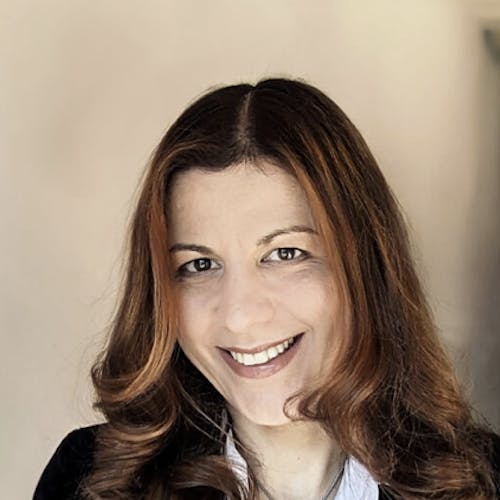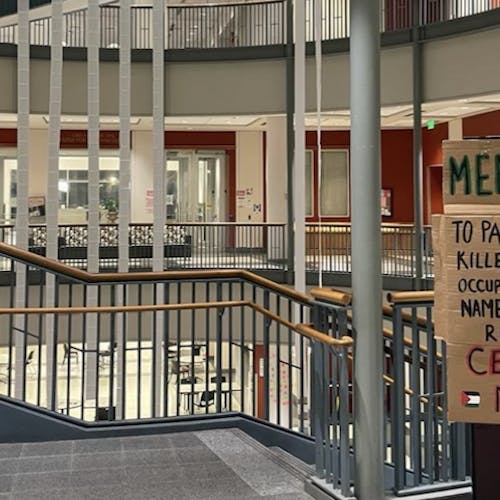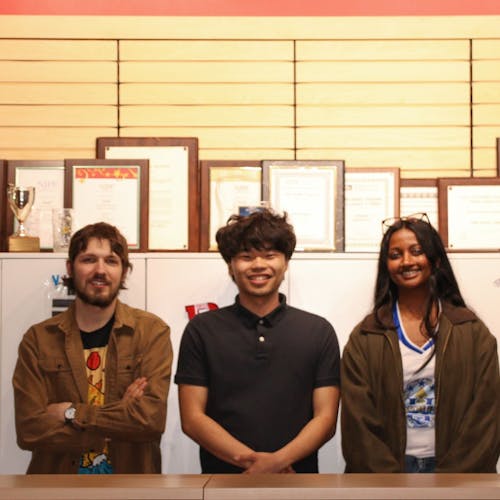Black church near Rutgers—Newark is recognized as historic site of Underground Railroad

The Plane Street Colored Church on the Rutgers—Newark campus was recently recognized by the National Park Service (NPS) as a historic site for its connection to the Underground Railroad, according to a press release.
Noelle Lorraine Williams, a historian and graduate of Rutgers—Newark, said that it took two different attempts to receive recognition from the NPS.
Williams said the application process was challenging due to the NPS’ requirement of multiple accounts of primary sources and collaborative evidence for an organization to prove its ties with the Underground Railroad. As a result, many other sites throughout the country that were involved may not be recognized for their participation, she said.
“There's a longer history of African Americans in Newark, and usually North African Americans are portrayed as migrating there after the 1930s,” Williams said. “We see evidence now of African Americans there during the Revolutionary period.”
Williams said throughout her research, she learned that Frederick Douglass, an abolitionist as well as a high-profile figure among Black activists, visited the church and that large activist groups, in general, tend to exist anywhere that high-profile figures like Douglass are.
She said the church also hosted prominent speakers and activists such as Samuel Cornish, who was editor of Freedom’s Journal, the first National African American newspaper, as well as activists who worked with Denmark Vesey, another activist who allegedly planned a rebellion.
Williams said that because these activists and leaders were present as early as the 19th century when the church was built, a longer history of African American communities in Northern states is apparent, she said. She said that discussions and recognition of these spaces can transform the perception individuals have of certain cities in the U.S.
“The popular perception of African Americans in New Jersey cities as well as Newark is that we migrated in the mid (to) early 20th century, and we destroyed the resources in the cities,” she said. “And now, (white people) will gentrify it and save all of these spaces, instead of a longer history, where African Americans were a part of these various communities and help shape them.”
She said along with hosting speakers, the church provided a number of other services, including schooling, cemetery services, food and fundraising for those escaping through the Underground Railroad.
Receiving an education, in particular, was a core part of African American activism, as being able to read and write would sometimes become a matter of life and death for enslaved individuals, Williams said.
“I think with African American activism, folks had to save their community,” she said. “Education was about literally saving not only the children but the adults. There were children and adults who went to the schools.”
Many churches across cities also became hubs for anti-slavery lectures, education and fundraising as well, Williams said. Individuals who attended the churches often became the leaders of social justice movements and had significant involvement in the National Association for the Advancement of Colored People (NAACP).
“These are the people who become the future NAACP leaders ... like James Baxter,” she said. “He's the first colored principal in Newark. His daughter is the one who becomes the first co-president of the NAACP in Newark, so it's all connected to the trajectory of Black activism.”
Williams said that hubs like the church were early Black activist centers and as a result, it is important that people see them as a foundation for what kinds of liberation would come for the Black community in the future.
She said when she looked through other accepted sites by the NPS, she saw that many of the recognized sites were not actual areas used to hide in the Underground Railroad. Instead, the recognized sites were focused on the doings of white activists.
Williams said that the recognition of the church will bring attention to the work of the African American activists and all that they did for the Underground Railroad in the Newark area.
“That's why the National Park Service was excited to get our application,” she said. “Even though that was our second application, it’s because our site shows the different ways that people participate in an Underground Railroad and Black liberation.”



